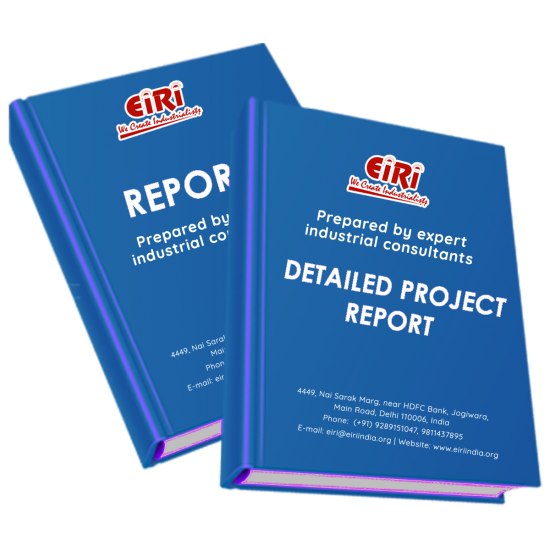MASTERBATCH (FILLER) (POLYPROPYLENE AND CALCIUM CARBONATE BASED)
The project report includes Present Market Position and Expected Future Demand, Market Size, Statistics, Trends, SWOT Analysis and Forecasts. Report provides a comprehensive analysis from industry covering detailed reporting and evaluates the position of the industry by providing insights to the SWOT analysis of the industry.
We can prepare PROJECT REPORT as per your INVESTMENT PLAN for BANK LOAN REQUIREMENT and INDUSTRY ANALYSIS. All reports are prepared by highly qualified consultants and verified by a panel of experts.
Have Query? Click Here to Chat
Industry Expert is Online, Chat with him for more detail.

A Masterbatch is a concentrated mixture obtained by the distribution of colours and additives into a polymer carrier by heat treatment and in-particularly a high shear mixing extruder. The mixture is then cooled, cut and formed into granules via a pelletiser. The production of masterbatch creates great demands on the compounding process: The pigment and additive parts need to be merged into the base polymer completely homogeneously.
The alternatives to applying masterbatches are obtaining a fully compounded material from raw materials on site. In comparison with pure pigments, masterbatches need extra storage space and longer lead times. Another drawback is additional exposure of heat to both the carrier and the additive; which is essential for marginally thermal stable pigments.
As masterbatches are premixed compositions, they use and mitigates the problems with the additive deficient dispersion. The blend of the additive in the masterbatch is higher than in the end polymer, but the additive properly dispersed in the master resin. In a way, they are associated with the use of ferroalloys for combining alloying components to steels.
Masterbatches are highly concentrated with high \”let down ratios\”, one ton of a natural polymer can fit into a 25 kg bag. Masterbatches dilute nature, allows higher accuracy in dosing of expensive components. Masterbatches solid crystals are solvent free and tend to have a longer shelf life as the solvent in the polymer won’t evaporate. They generally contain 40-65 per cent additives, but the range can be altered from 15-80 per cent in few additional cases. Liquid Masterbatches allow highly precise dosing and instant change of colour between machine runs.
Filler masterbatch (Calcium Carbonate Masterbatch) is known as the ultrafine dispersion with the guarantee of no agglomeration, ensure the whiteness, glossier and smooth surface for the articles. This filler – the concentration of CaCO3 powder or Talc powder in the filler polymer base to modify vary properties of the plastic articles or the base plastic polymers.
It is intended to prepare a Feasibility Report to install 3000 Tons/Year Masterbatch production facility from Polypropylene (PP) and Calcium Carbonate raw materials as a Green Field Project.



